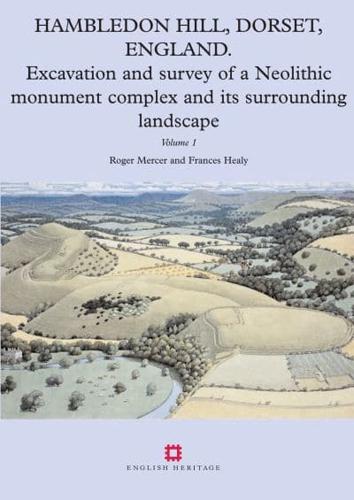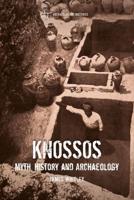Publisher's Synopsis
A programme of excavation and survey directed by Roger Mercer between 1974 and 1986 demonstrated that Hambledon was the site of an exceptionally large and diverse complex of earlier Neolithic earthworks, including two causewayed enclosures, two long barrows and several outworks, some of them defensive. The abundant cultural material preserved in its ditches and pits provides information about numerous aspects of contemporary society, among them conflict, feasting, the treatment of the human corpse, exchange, stock management and cereal cultivation. The distinct depositional signatures of various parts of the complex reflect their diverse use. The scale and manner of individual episodes of construction hint at the levels of organisation and co-ordination obtaining in contemporary society.
Use of the complex and the construction of its various elements were episodic and intermittent, spread over 300-400 hundred years, and did not entail lasting settlement. As well as stone axe heads exchanged from remote sources, more abundant grinding equipment and pottery from adjacent regions may point to the areas from which people came to the hill. If so, it had important links with territories to the west, north-west and south, in other words with land off the Wessex Chalk, at the edge of which the complex lies. Within the smaller compass of the immediate area of the hill, including Cranborne Chase, field walking survey suggests that the hill was the main focus of earlier Neolithic activity.
A complementary relationship with the Chase is indicated by a fairly abrupt diminution of activity on the hill in the late fourth millennium, when the massive Dorset cursus and several smaller monuments were built in the Chase. Renewed activity on the hill in the late third millennium and early second millennium was a prelude to occupation on and around the hill in the second millennium in the mid to late second millennium, which was followed by the construction of a hillfort on the northern spur from the early first millennium. Late Iron Age and Romano-British activity may reflect the proximity of Hod Hill. A small pagan Saxon cemetery may relate to settlement in the Iwerne valley which it overlooks.









